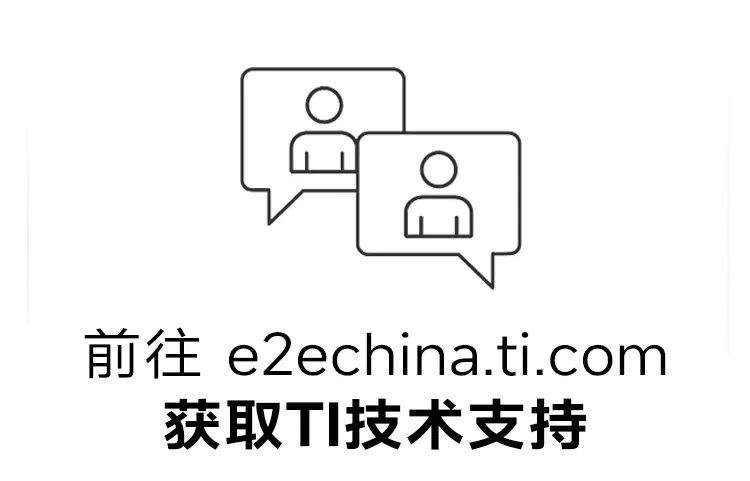Click the blue text above
Follow Us!

At 6:42 AM, the alarm clock went off. You look good, thanks to the sleep cycle monitor on your nightstand, which uses built-in edge Artificial Intelligence (AI) and radar technology to monitor your heart rate and breathing, helping you optimize the precise wake-up time.
As you walk to the kitchen, the smart refrigerator uses a camera system to scan the food stored inside and then offers suggestions based on your dietary restrictions and preferences, helping you decide what to have for lunch.
On your way to work, you can enter and start your car without touching anything. An outdoor camera automatically unlocks the car upon recognizing you, and the car adjusts the interior temperature, seat position, and music volume based on your preferences.
This future is not far off; the enabling technologies are already here. Edge AI, low-power microprocessors, and user-friendly software help realize this vision. While they may not make headlines as often as popular generative AI and cloud computing, they have the potential to change the way we interact with technology in our daily lives and improve our lives in unexpected ways.
What is Edge AI?
When engineers talk about “the edge,” they are not referring to a distant abstract location. The edge exists in our homes, offices, and factories. The edge is the local environment or device where data is captured and processed, such as robots or smart home devices. Edge AI can achieve real-time intelligence and responsiveness on local devices without sending data to the cloud.
Compared to cloud-based AI resources, achieving this level of intelligence at the edge allows electronic products to respond to their environments more quickly and safely, impacting various industries such as automotive, medical applications, and consumer electronics. For example: Cameras throughout a factory continuously monitor equipment to detect and predict mechanical failures, allowing for immediate halting of the assembly process when necessary.

Product line manager Artem Aginskiy said: “AI can achieve graphic recognition very quickly and reliably. If you implement edge AI, devices won’t lose anything. Edge AI can reliably protect privacy.”
Since edge AI can predict and respond to the local environment without transferring data to the cloud, it reduces the risk of data breaches (like health information in the sleep monitoring example).
Edge AI Embedded Processors
Until recently, many organizations lacked the specialized skills and experience required for AI, making deployment seem out of reach. Moreover, with the transformative impact of AI becoming increasingly apparent, companies of all sizes across various industries are seeking ways to integrate AI into their products. Innovations in embedded processors and software have made edge AI easier to use and widely deploy.
Edge AI relies on embedded processors to run AI algorithms and collect data, but trade-offs in energy efficiency and cost are necessary. For battery-powered systems like robotic vacuum cleaners and doorbells, low-cost processors that provide better performance while minimizing energy consumption are needed.
For high-performance systems like factory automation, professional monitoring, or robotics, higher processing performance is required, but cost and energy consumption remain important factors.
Advancements in chip design (such as integrated hardware accelerators and low-power Arm® Cortex® microprocessors) promote achieving the performance, speed, and energy efficiency required for edge AI at more affordable prices. By reducing the cost and power consumption of edge AI systems, designers can add advanced AI capabilities to more applications, helping people make the most of our electronic products and the data they generate.
Low-Code Software Development Tools
When creating, training, and deploying AI models, new user-friendly edge AI software development tools combined with semiconductor innovations reduce the need for programming expertise for designers. These tools help designers add intelligence to their applications without deep coding knowledge, which has historically been a significant barrier to edge AI deployment.
Tools like Texas Instruments (TI) Edge AI Studio offer a “low-code” experience, supporting designers in developing and testing AI models without writing code, ending the era of non-experts using GUI-like tools to develop AI. Designers can build neural networks or AI algorithms to act as the intelligence and “brain” of the device without specialized knowledge or skills.
Artem stated: “Texas Instruments (TI) is democratizing AI, allowing any developer in the world to create an intelligent system. No lines of code need to be written to train and deploy AI models using this tool.”
As edge AI becomes increasingly user-friendly, electronic products in various scenarios will become smarter, safer, more reliable, and more effective, changing our lives in unexpectedly new ways.








Click “Read Original” to learn how we advance the development of edge intelligence.